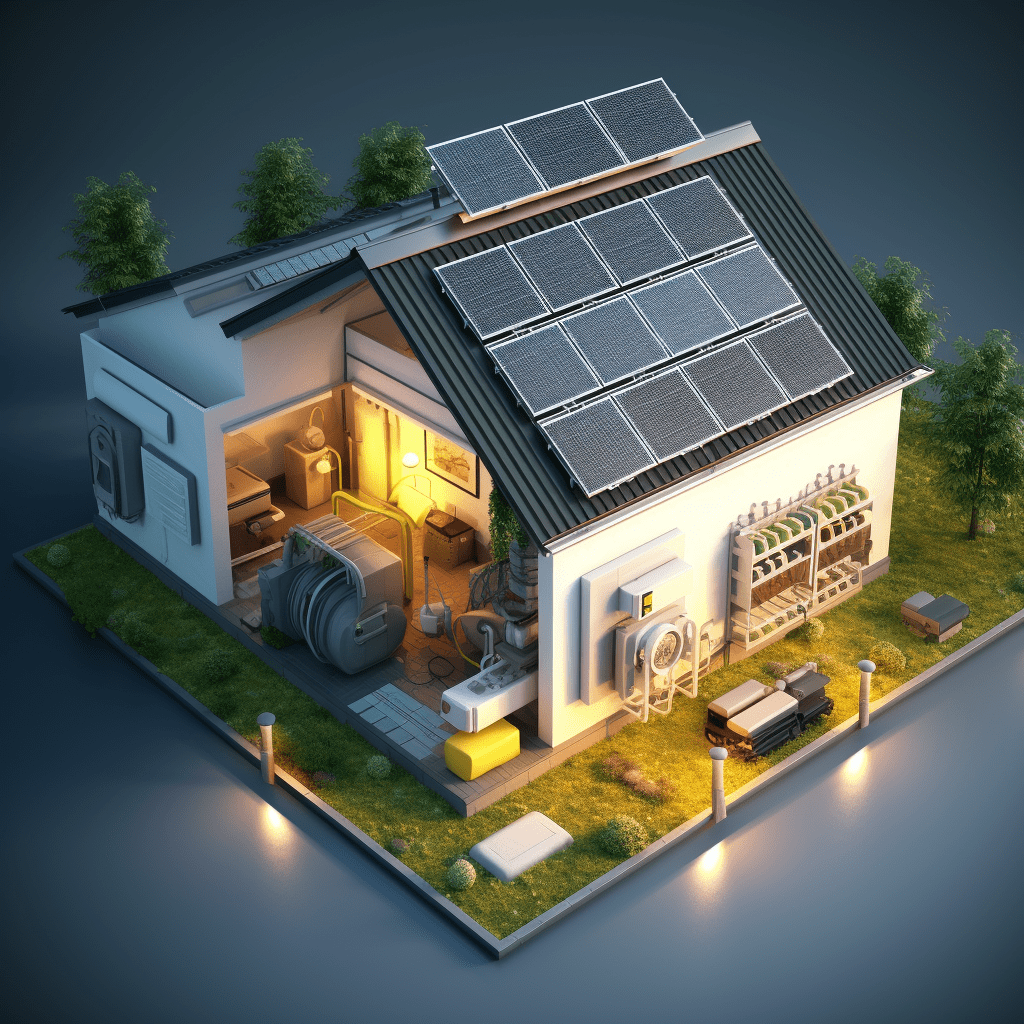The Internet of Things (IoT) is revolutionizing energy efficiency in smart yards by integrating advanced technologies that optimize energy consumption, enhance sustainability, and improve overall management of outdoor spaces. By leveraging smart devices and real-time data analytics, homeowners and businesses can significantly reduce their energy usage and environmental impact.
How Does IoT Enhance Energy Efficiency in Smart Yards?
IoT enhances energy efficiency in smart yards through the integration of connected devices that monitor and manage various outdoor systems, such as irrigation, lighting, and temperature control. These systems provide real-time data that allows users to make informed decisions about energy usage, leading to substantial savings. For instance, smart irrigation systems use soil moisture sensors to optimize watering schedules, ensuring plants receive the right amount of water without wasting resources.Chart: Comparison of Water Usage Before and After Implementing Smart Irrigation
| Period | Average Water Usage (Gallons) | Savings (%) |
|---|---|---|
| Before IoT | 1,200 | N/A |
| After IoT | 800 | 33 |
What Are the Key Benefits of Implementing IoT in Energy Management?
Implementing IoT technology in energy management offers several key benefits:
- Increased Efficiency: Automated systems reduce waste by optimizing energy consumption based on real-time data.
- Cost Savings: Reduced energy usage translates to lower utility bills for homeowners and businesses.
- Enhanced Sustainability: By minimizing resource consumption, IoT contributes to environmental conservation efforts.
- Improved Comfort: Smart devices can adjust settings based on user preferences, enhancing the overall outdoor experience.
How Can Smart Devices Optimize Energy Consumption in Outdoor Spaces?
Smart devices play a critical role in optimizing energy consumption in outdoor spaces through various applications:
- Smart Lighting: These systems adjust brightness based on ambient light levels and occupancy, reducing unnecessary energy use.
- Automated Irrigation Systems: By using weather forecasts and soil moisture levels, these systems ensure efficient water usage.
- Energy-Efficient Appliances: Devices such as smart grills or outdoor heaters can be programmed to operate only when needed, minimizing waste.
Chart: Impact of Smart Devices on Energy Consumption
| Device Type | Average Energy Savings (%) |
|---|---|
| Smart Lighting | 40 |
| Automated Irrigation | 30 |
| Smart Outdoor Appliances | 25 |
What Role Does Data Analytics Play in Improving Energy Efficiency?
Data analytics plays a vital role in enhancing energy efficiency by providing insights into consumption patterns and identifying areas for improvement. Through the analysis of real-time data collected from smart devices, users can:
- Monitor energy usage trends over time.
- Identify peak usage periods and adjust settings accordingly.
- Receive alerts for unusual consumption patterns that may indicate inefficiencies or malfunctions.
Why Is Real-Time Monitoring Crucial for Smart Yard Management?
Real-time monitoring is essential for effective smart yard management as it enables immediate responses to changing conditions. For example:
- Users can adjust irrigation schedules based on current weather conditions or soil moisture levels.
- Lighting systems can be modified remotely to enhance security during nighttime hours.
- Immediate alerts about system malfunctions allow for quick repairs, preventing further energy waste.
How Are Smart Yards Utilizing IoT Technologies for Sustainability?
Smart yards are increasingly utilizing IoT technologies to promote sustainability through various initiatives:
- Rainwater Harvesting Systems: These systems collect and store rainwater for irrigation purposes, reducing reliance on municipal water supplies.
- Solar-Powered Devices: Integrating solar panels with outdoor appliances allows for renewable energy use, further decreasing carbon footprints.
- Composting Sensors: These sensors help manage composting processes efficiently, turning organic waste into valuable fertilizer while minimizing greenhouse gas emissions.
What Challenges Do IoT Solutions Encounter in Smart Yard Applications?
Despite their benefits, IoT solutions face several challenges:
- Data Privacy Concerns: With increased connectivity comes the risk of unauthorized access to personal data.
- Integration Issues: Ensuring compatibility between various devices and platforms can be complex.
- Initial Costs: The upfront investment required for smart devices and installation may deter some users.
Latest News
Recent developments highlight the growing trend of IoT integration in smart yards:
- New Product Launches: Several companies have introduced advanced smart irrigation systems that utilize AI to optimize water usage further.
- Increased Adoption Rates: Homeowners are increasingly adopting smart yard technologies as awareness of their benefits grows.
- Sustainability Initiatives: Many municipalities are promoting programs that encourage residents to implement smart technologies in their yards to conserve resources.
Editor Comment
“IoT technology is not just about convenience; it represents a significant step towards sustainable living. By harnessing real-time data and automation, we can transform our outdoor spaces into efficient ecosystems that benefit both the environment and our wallets.”
FAQ Section
Q1: What is a smart yard?
A1: A smart yard utilizes IoT technology to monitor and manage outdoor systems like irrigation and lighting efficiently, promoting sustainability and reducing resource waste.Q2: How do smart devices save energy?
A2: Smart devices optimize energy consumption by adjusting operations based on real-time data regarding environmental conditions and user preferences.Q3: What are some examples of IoT applications in smart yards?
A3: Examples include smart irrigation systems that adjust watering schedules based on soil moisture levels and smart lighting that dims or brightens according to natural light availability.



